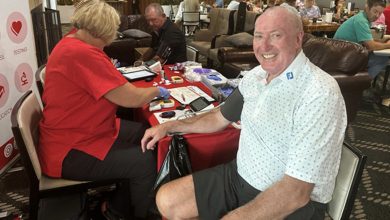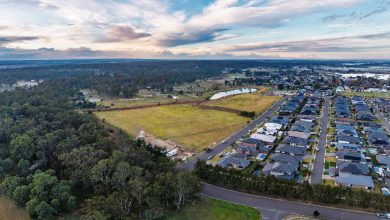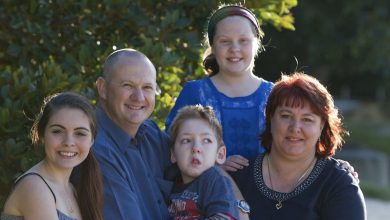IHAPs to bring transparency and accountability to DA assessment
Newly legislated Independent Hearing and Assessment Panels (IHAPs), which come into effect from today, will benefit communities by bringing transparency and accountability to development assessments.
Late last year the NSW Government passed legislation requiring every council in Sydney, as well as Wollongong City Council, to establish IHAPs for their area.
Fifteen councils across Sydney and Wollongong were already voluntarily using IHAPs, which bring expertise, transparency and integrity to the assessment of DAs at the local level. This provides additional safeguards, probity and accountability to the decision-making process for DAs.
Executive Director of Regions at the Department of Planning and Environment Steve Murray, said the introduction of IHAPs is a win for local communities that will benefit from their expertise.
“This is a great outcome for local communities as IHAPs bring transparency, integrity and a high degree of probity to the DA assessment process,” Mr Murray said.
“These panels will consider the most contentious and complex applications, and give local communities greater certainty about planning decisions.
“The criteria that qualifies a DA to be referred to an IHAP is based on feedback from councils and other stakeholders who had concerns about the amount and type of DAs that would be referred, as well as possible delays to assessment timeframes.
“This has resulted in some significant changes to the draft criteria including the removal of value thresholds.
“This will allow local councils to focus on preparing the strategic plans and development controls that will identify the range and location of development types for their local area.”
Following a successful four-week recruitment campaign last year, a state-wide expression of interest attracted 490 applications for the panels.
An advisory panel reviewed the applications, which were assessed based on level of expertise and clear selection criteria to form an approved pool of experts.
The advisory panel recommended 41 Chairs and 218 members that make up the pool of experts that each council in Sydney and Wollongong have drawn upon.
Mr Murray said applicants were eligible to apply to be a member of a panel, a Chair, or both a member and Chair.
“The calibre of experts that have been appointed has exceeded expectation and we look forward to seeing clear and strong results now that IHAPs have come into operation.”
The advisory panel of senior practitioners that reviewed the applications comprised:
- Peter Poulet, NSW Government Architect;
- Emily Ryan, nominated by the Law Society NSW;
- Rolf Fenner, nominated by the Planning Institute of Australia; and
- Marcus Ray, Department of Planning and Environment’s Deputy Secretary for Planning Services.
IHAPs will maintain a standard model comprising a Chair, two independent expert members and a local community representative.
The community member, to be selected by the Council, will represent the geographical area within the LGA of the proposed development, to provide local perspective.
Councillors, property developers and real estate agents will not be able to sit on the Panels under the legislative amendments.
The members and Chairs that make up the pool for IHAPs are a mix of experts in planning, architecture, heritage, the environment, urban design, economics, traffic and transport, law, engineering, tourism, or government and public administration. A community representative will also be included in the panel.
The Chair must have expertise in law or government and public administration.
For more information on IHAPs, Contact: [email protected]
[/vc_column_text][/vc_column][/vc_row]









